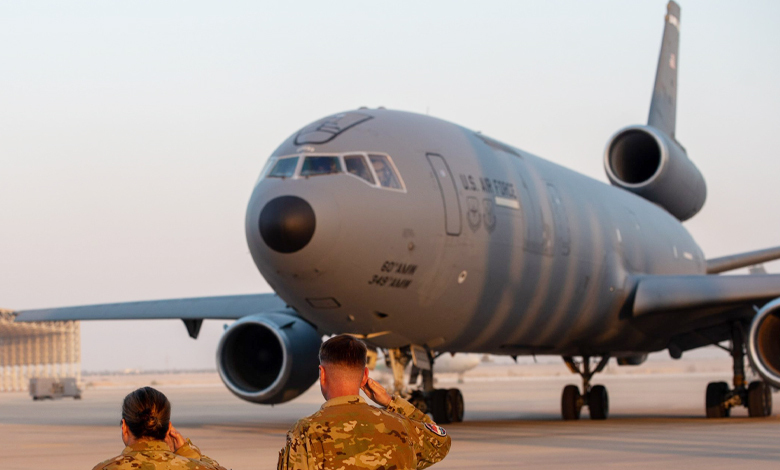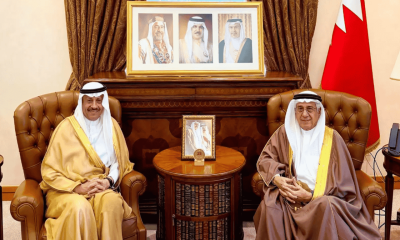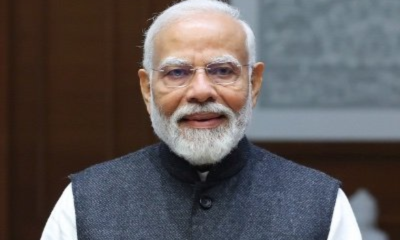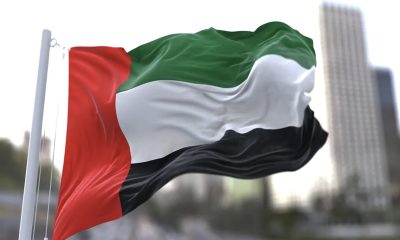Latest news for aviation enthusiasts and military buffs! KC-135s landing in Saudi Arabia have ushered in a new era for aerial refueling! This historic event marks a turning point in international collaboration and opens up new air operations possibilities. So buckle up and join us as we explore the fascinating world of intricate inflight maneuvers and see how these massive flying machines revolutionize modern warfare. You won’t want to miss this amazing adventure, so buckle up and soar high with anticipation!
After serving for more than thirty years, the KC-10s have now permanently left the region. In their place, KC-135 Stratotankers have arrived in Saudi Arabia.
On October 2, the aerial tankers from Prince Sultan Air Base, Washington’s Fairchild Air Force Base, arrived. Within the area of responsibility of U.S. Central Command, the 384th Expeditionary Air Refuelling Squadron (EARS) will support combat operations.
According to an Air Mobility Command spokesperson who spoke with Air & Space Forces Magazine, the KC-135s are the best alternative to the KC-10s given the length of theatre sorties and will satisfy the requirements of Global Combatant Command, even though the precise number of deployed aircraft cannot be disclosed for operational security reasons.
About 200,000 pounds of fuel and 83,000 pounds of cargo can be transported by the KC-135. Using patient support pallets, the tanker also carries patients during aeromedical evacuations. At Qatar’s Al Udeid Air Base, a few of the aircraft are currently in use in the area.
After KC-10s had been stationed at PSAB since March 2022, the refueler completed its last combat mission from the facility on October 3. The 908th Expeditionary Air Refuelling Squadron was then deactivated the following day. On October 5, the last KC-10 in the area took off. The last Extender is scheduled to retire in September 2024, meaning that no more KC-10 fleet deployments are anticipated.
The Air Force will only have the KC-135 and KC-46 Pegasus tankers in its fleet until the Next Generation Air-refueling System (NGAS) and KC-135 Tanker Recapitalization programs are completed. This is because the KC-10 is scheduled for retirement. Although the KC-46 has been approved for use in many countries, there has been no mention of the aircraft in CENTCOM in the media for several months.
A spokesman for Air Mobility Command claimed that the replacement of the KC-135 with the KC-10 was only for the mission takeover and had nothing to do with the escalating hostilities in the Middle East.
However, as the Air Force and Navy begin deploying more fighter aircraft in response to Hamas’ attack on Israel, the need for aerial refueling in the region may increase significantly in the coming weeks.
The United States of America is continuing to increase its presence and enhance air operations throughout the Middle East. Last week, F-15Es from the 494th Expeditionary Fighter Squadron arrived in the area of responsibility of U.S. Central Command.
Last week in Tel Aviv, Secretary of Defence Lloyd Austin met with Israeli War Cabinet members, Minister of Defence Yoav Gallant, and Prime Minister Benjamin Netanyahu to discuss the “bolstered” USAF presence in the Middle East and the USS Gerard R. Ford’s deployment in the Eastern Mediterranean.
Saudi Arabia’s Growing Military Presence And Need For Aerial Refuelling
Saudi Arabia, a Middle Eastern power, is strengthening its military. This includes developing domestic defense industries and buying advanced weapons systems. The country’s growing need for aerial refueling is crucial.
Read More: Bahrain Employment Outsourcing Policy 2023: Unravelling the Debate
Saudi Arabia has long relied on foreign countries for air force refueling. Saudi Arabia must develop its aerial refueling capabilities due to its growing military presence and ambitions. This increases their operational flexibility and reduces their dependence on other nations.
Regional conflicts drive Saudi Arabia’s aerial refueling needs. The country helps Yemen fight Houthi rebels, maintaining regional stability. Their fighter jets can fly farther and stay airborne longer with aerial refueling, improving operational efficiency.
For its Vision 2030 plan to diversify its economy away from oil, Saudi Arabia is investing heavily in a strong defense industry. Under license agreements with the US and Europe, the F-15SA Eagle and Eurofighter Typhoon are manufactured. The additions to their air force fleet increase the need for aerial refueling during training and combat.
KC-135s Touch Down in Saudi Arabia, New Era for Aerial Refuelling!
Saudi Arabia received KC-135s, a milestone in aerial refueling. This advanced military technology has arrived in the Middle East, expanding air force capabilities. This section discusses how these KC-135s affect Saudi Arabia and the region.
Primarily, KC-135s give Saudi Arabia aerial refueling capabilities. These aircraft’s long-range and large fuel capacity will boost the country’s global power. KC-135s can support Saudi Arabian fighter jets and other allied aircraft, allowing them to fly farther without refueling.
Air superiority and military success require a strong aerial refueling capability, especially as regional tensions rise. KC-135s demonstrate the Kingdom’s commitment to defense, deterring potential adversaries.
Saudi Arabia benefits economically from these aircraft as well as strategically. Buying 20 KC-135s is a big investment in equipment and pilot and maintenance training. This will boost the local economy and create Saudi jobs.
Also, this deal shows the strong relationship between Saudi Arabia and the US. The purchase was made possible by a bilateral Foreign Military Sales program.






















